Marine aquaculture is an important pillar
The Vietnam Fisheries Development Strategy to 2030, with a vision to 2045, identifies promoting the development of high-tech marine aquaculture (CNC) as the goal, task and key solution for sustainable development of the fisheries industry. Implementing this strategy, the Ministry of Agriculture and Environment identifies marine aquaculture as an important pillar, focused on developing into a major economic sector; the goal by 2030 is to have a marine aquaculture area of 300,000 hectares nationwide, a cage volume of 12 million m³, an output of 1.45 million tons and an export value of 1.8 - 2 billion USD/year. To achieve these goals, the development of CNC marine aquaculture, in a modern direction in key provinces such as Khanh Hoa and some other localities, will contribute to creating an important driving force for the Vietnamese marine aquaculture industry.
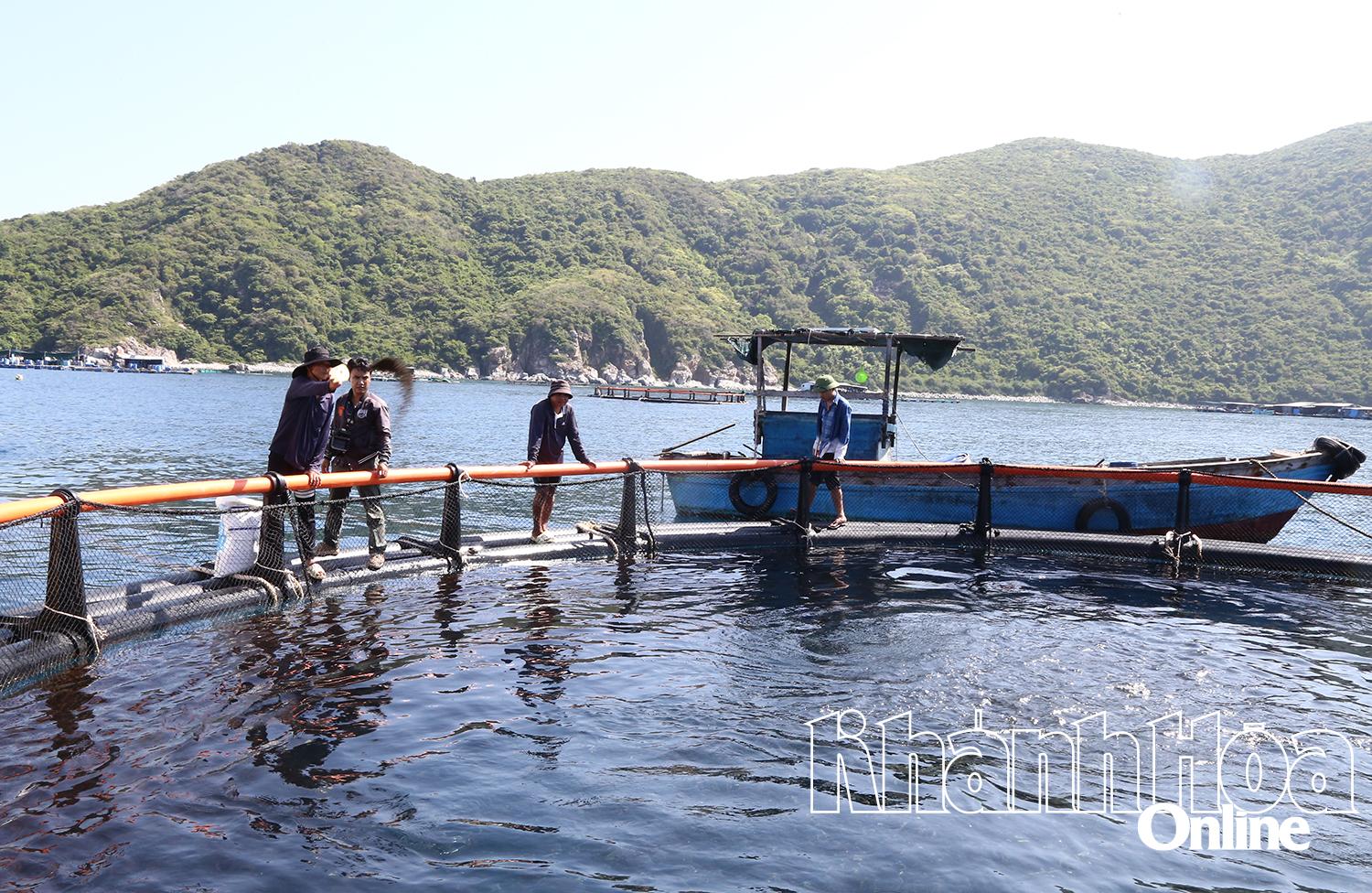 |
| Fish farming in cages using HDPE material of Mr. Vu Khac Muoi's family. |
Khanh Hoa has the advantage of having the longest coastline in the country (up to 490km) with more than 200 large and small islands and many sheltered lagoons and bays, along with deep-water ports, so it is very favorable for aquaculture development, including marine aquaculture. In recent years, aquaculture in general and marine aquaculture in particular have created jobs for rural workers, increased income and improved the lives of coastal people. The province's annual aquaculture output reaches over 32,000 tons, of which marine aquaculture output accounts for about 50% of the total output, making an important contribution to the province's seafood export turnover. However, the marine aquaculture industry is facing many negative impacts of climate change. In recent years, the province has seen more extreme weather phenomena and natural disasters such as rain, wind, storms, floods, droughts, heat waves... with greater intensity and severity, directly affecting the marine aquaculture activities of people in the province. In addition, people mainly raise fish using traditional processes on a small scale; most cages are made from bamboo and wood so they cannot withstand strong winds and waves; the rapid increase in the number of cages and rafts degrades water quality and the environment, increasing the risk of disease.
According to Mr. Hoang Van Hong - Deputy Director of the National Agricultural Extension Center, developing marine aquaculture to adapt to climate change is becoming an urgent requirement. The core solution is to convert from traditional wooden cages to cages made of new materials, such as HDPE, to adapt to climate change. In fact, agricultural extension models applying HDPE cage technology deployed by the National Agricultural Extension Center in many localities have proven to be of outstanding economic and environmental efficiency. In Khanh Hoa, the CNC marine aquaculture pilot model in the open sea of Cam Lap (Nam Cam Ranh commune) has affirmed its great economic efficiency, minimizing risks due to natural disasters, environmental pollution and epidemics.
Convert to new material cages
In Resolution No. 09 of the Politburo on building and developing Khanh Hoa to 2030, with a vision to 2045, there is an orientation: "Strongly developing the marine economy in the direction of aquaculture, exploitation, and seafood processing, especially CNC marine aquaculture, which is environmentally friendly". To concretize this orientation, the province is focusing on implementing the CNC marine aquaculture development pilot project, which has been approved by the Prime Minister to create a strong driving force to promote the development of CNC marine aquaculture, gradually forming concentrated industrial marine aquaculture areas, contributing to increasing output and value of aquatic products, improving income for coastal people. Currently, in the province, there are 27 fishing households participating in installing and launching new cages, including 50 round cages and 12 square cages, forming concentrated, industrial farming clusters. In addition, many businesses, individuals and households have registered and deployed production in CNC farming areas with the focus on marine fish, cages made of new HDPE materials combined with the use of automatic environmental monitoring equipment, automatic feeding machines and surveillance camera systems in cages, thereby helping to save costs, limit risks during the farming process due to natural disasters, and control diseases.
Mr. Vu Khac Muoi - a sea farmer using HDPE cages shared: "We are very confident in raising fish in offshore waters up to 6 nautical miles using HDPE cages, because this cage system can adapt to big waves, strong winds, and strong currents. Although the initial investment cost is high, about 280 million VND/ 800m3 cage, the durability is outstanding, the cage life is long, farmers do not have to spend a lot of money on repairs and frequent replacements like wooden cages; the cage structure is sturdy, the design is suitable, and the water is well-ventilated, helping the fish grow quickly and evenly, with a low loss rate... These are the top important factors that help minimize risks during the farming process."
Comrade Nguyen Trong Chanh - Deputy Director of the Department of Agriculture and Environment said: "In addition to implementing the pilot project on developing CNC marine aquaculture, the department has proactively guided units and individuals to carry out licensing procedures, assigning sea areas for long-term marine aquaculture; supporting and creating favorable conditions for qualified organizations and individuals to participate in CNC marine aquaculture in the province's sea areas. Up to now, 2 enterprises and 37 households have been granted licenses for marine aquaculture. In the coming time, the department will continue to improve support policies and encourage marine aquaculture development, including accident insurance policies for workers working on aquaculture cages and on vehicles serving aquaculture activities at sea. In addition, promote propaganda, mobilization, and support for converting traditional cages to cages made of new environmentally friendly materials (HDPE, FRP), helping to minimize risks and increase economic value for businesses and households raising aquatic products on the sea. sea".
HAI LANG
Source: https://baokhanhhoa.vn/kinh-te/nong-nghiep-nong-thon-moi/202510/long-hdpe-chia-khoa-nuoi-bien-thich-ung-bien-doi-khi-hau-60d316a/


![[Photo] Prime Minister Pham Minh Chinh meets with Speaker of the Hungarian National Assembly Kover Laszlo](https://vphoto.vietnam.vn/thumb/1200x675/vietnam/resource/IMAGE/2025/10/20/1760970413415_dsc-8111-jpg.webp)
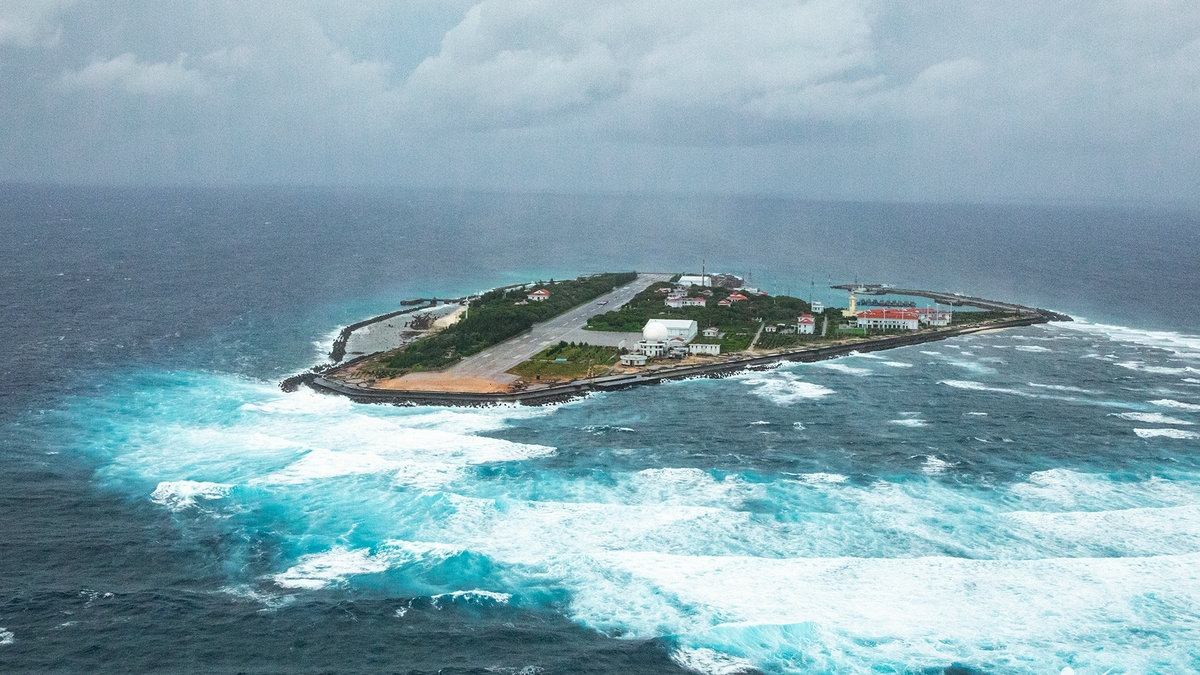
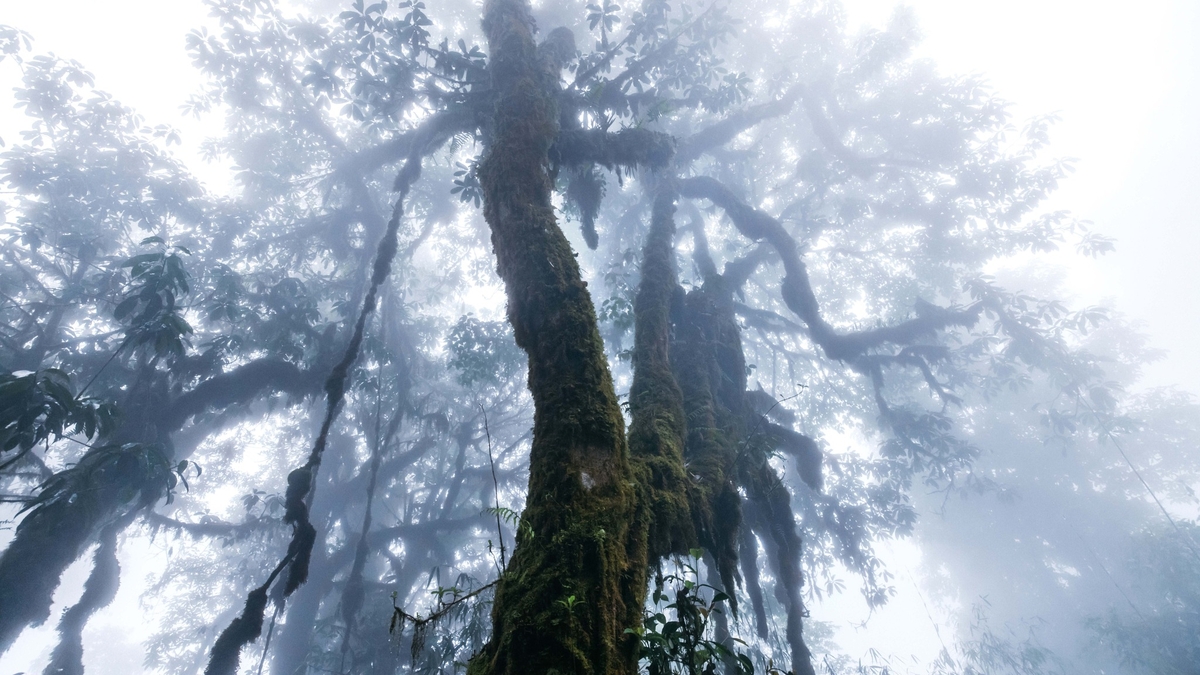
![[Photo] Da Nang residents "hunt for photos" of big waves at the mouth of the Han River](https://vphoto.vietnam.vn/thumb/1200x675/vietnam/resource/IMAGE/2025/10/21/1761043632309_ndo_br_11-jpg.webp)
![[Photo] Prime Minister Pham Minh Chinh received Mr. Yamamoto Ichita, Governor of Gunma Province (Japan)](https://vphoto.vietnam.vn/thumb/1200x675/vietnam/resource/IMAGE/2025/10/21/1761032833411_dsc-8867-jpg.webp)
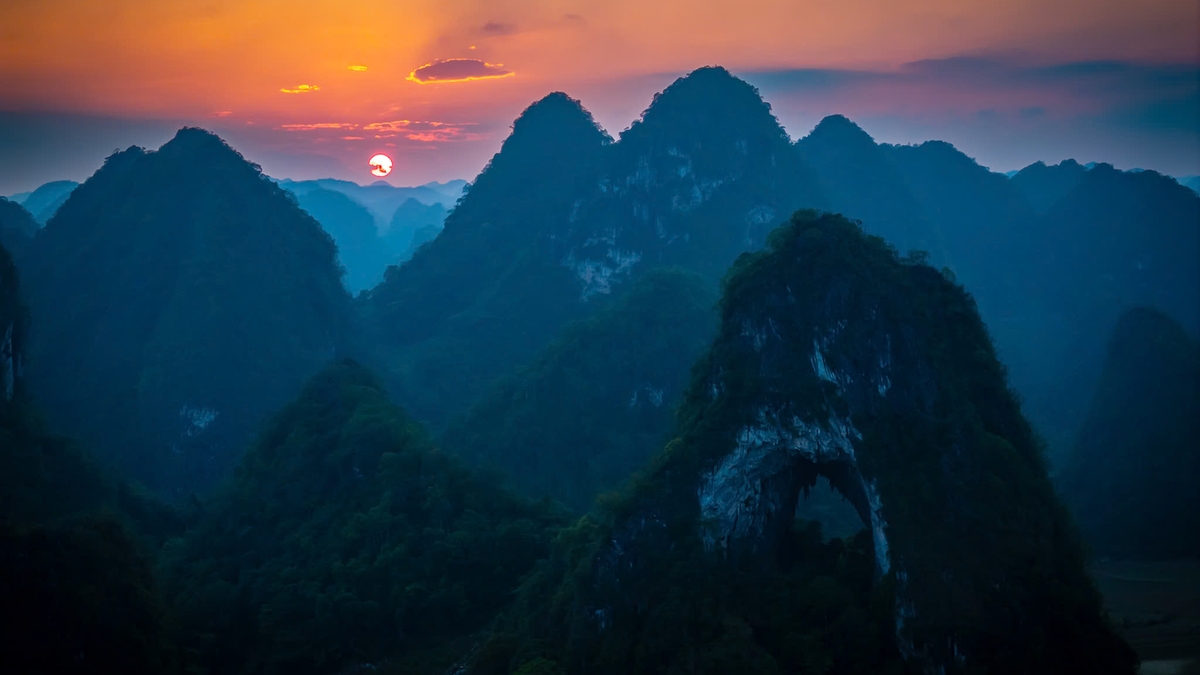
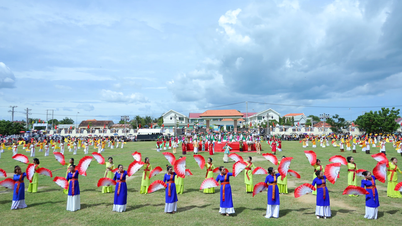
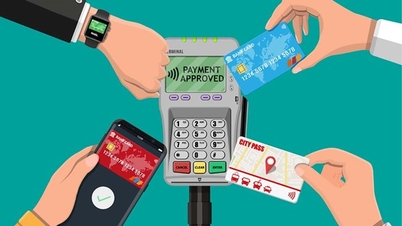

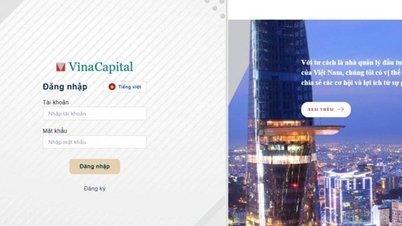

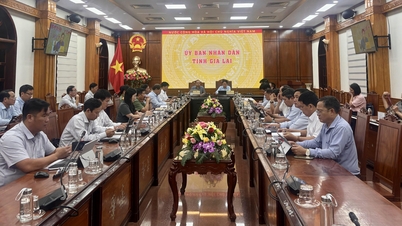

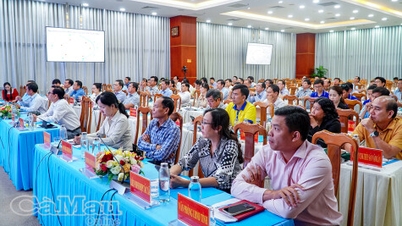

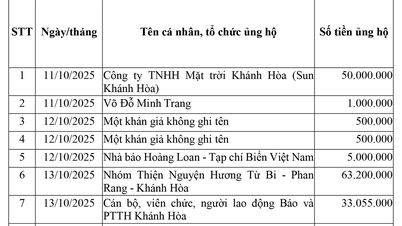




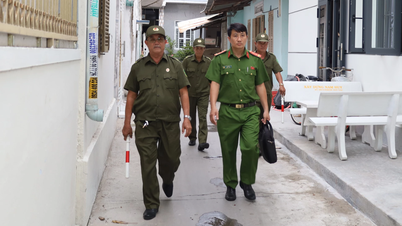

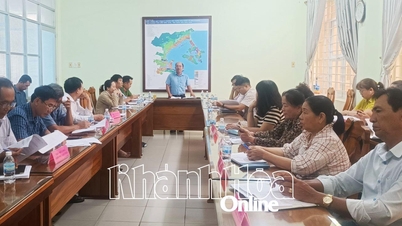
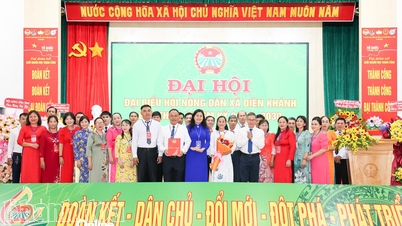
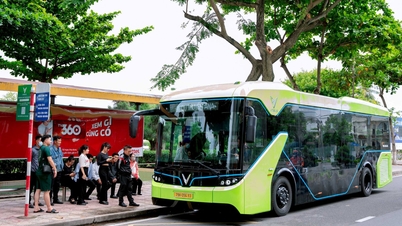





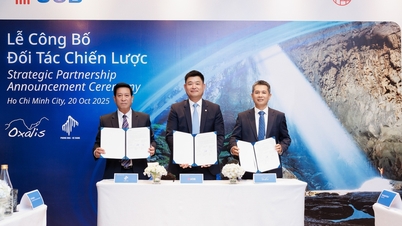



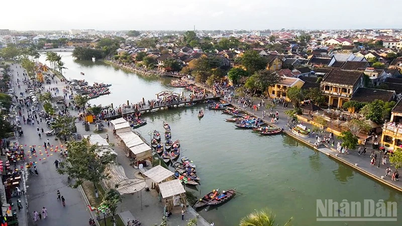



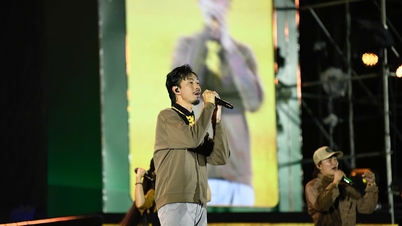

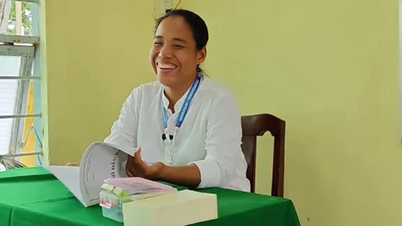
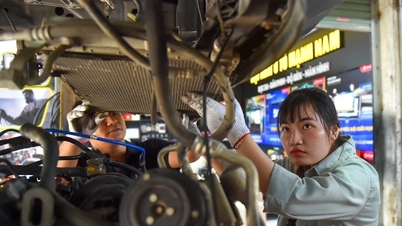

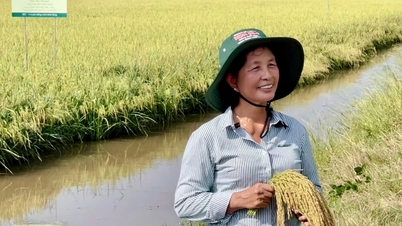

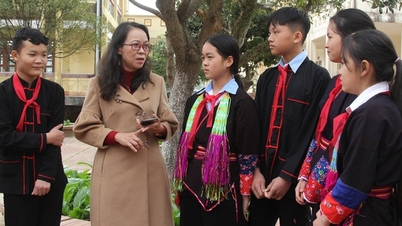

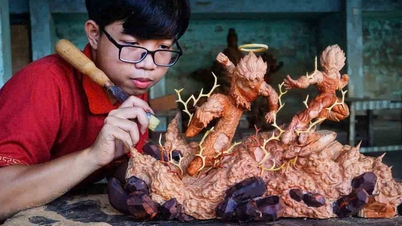
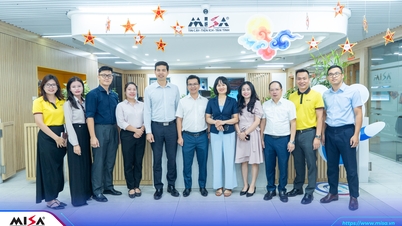

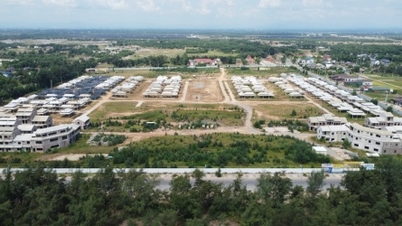

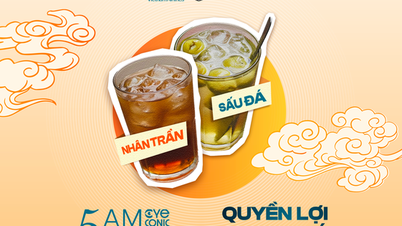

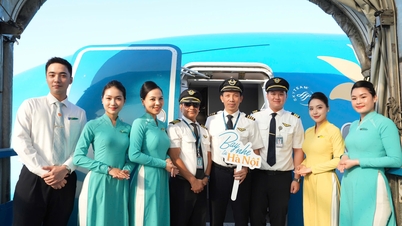
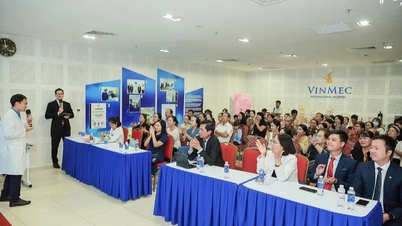






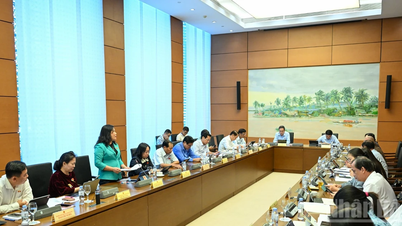
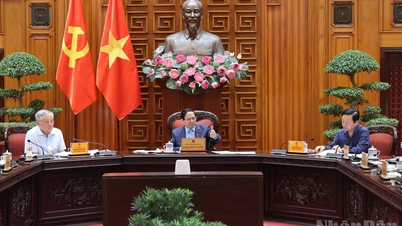
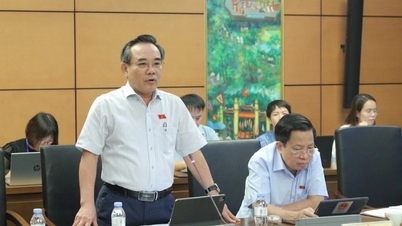
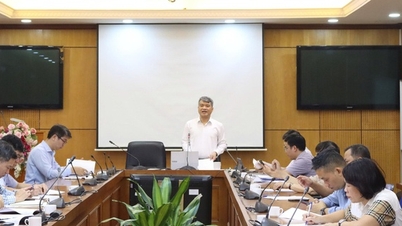
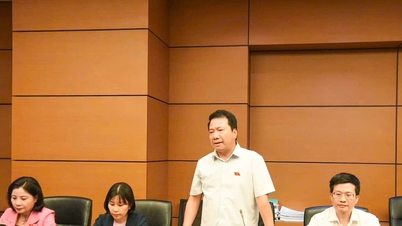

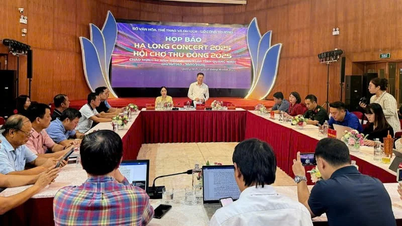
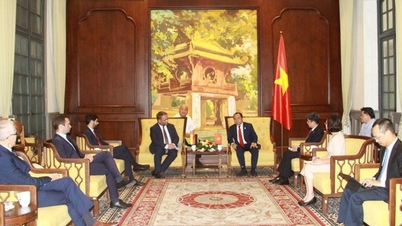

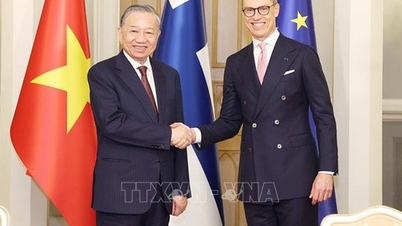
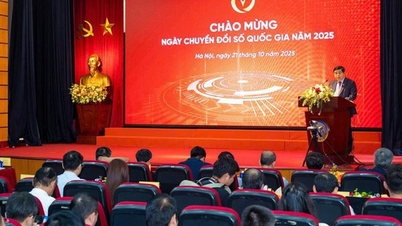


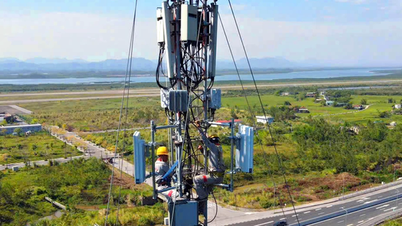
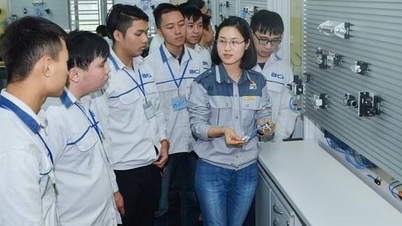
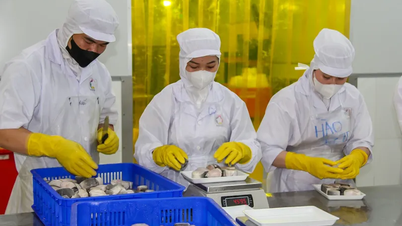

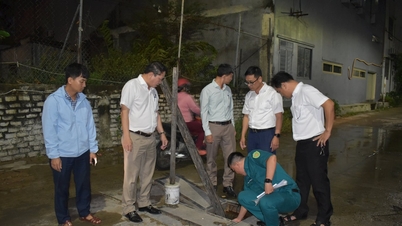

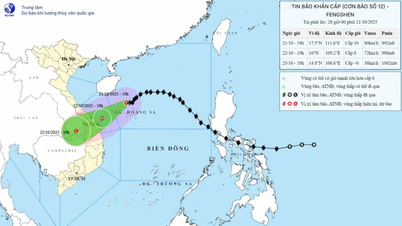

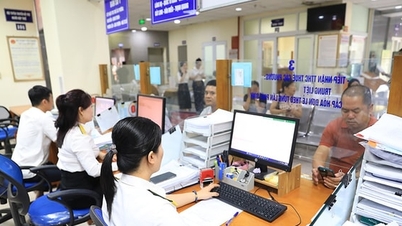

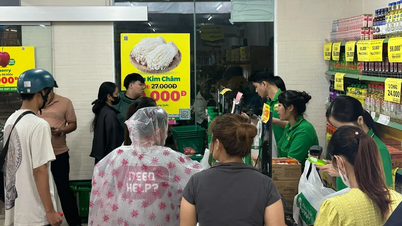










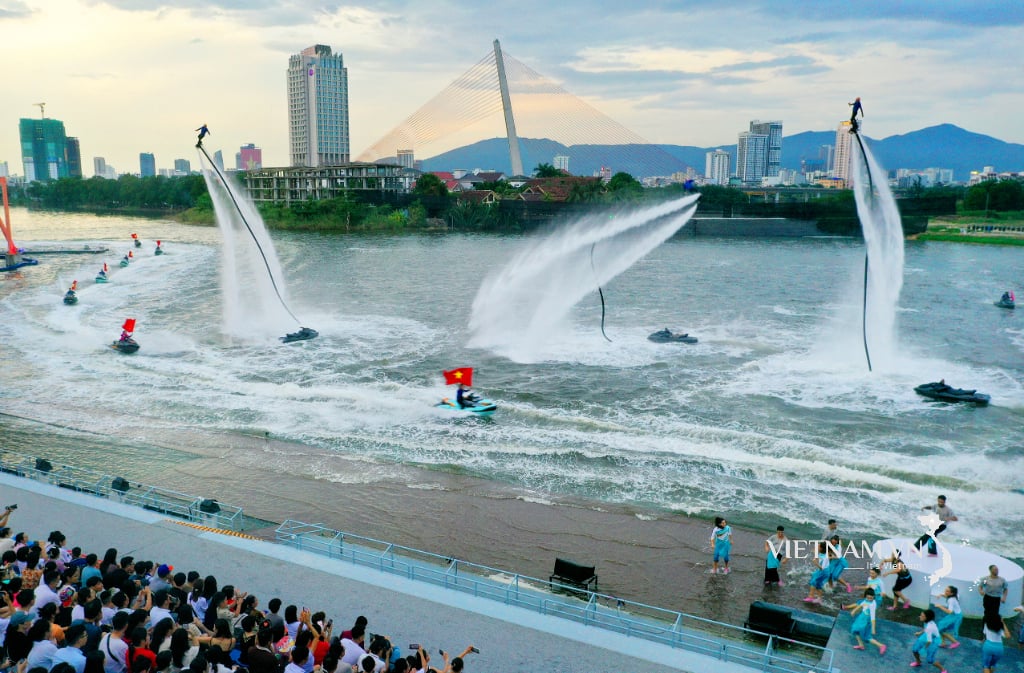
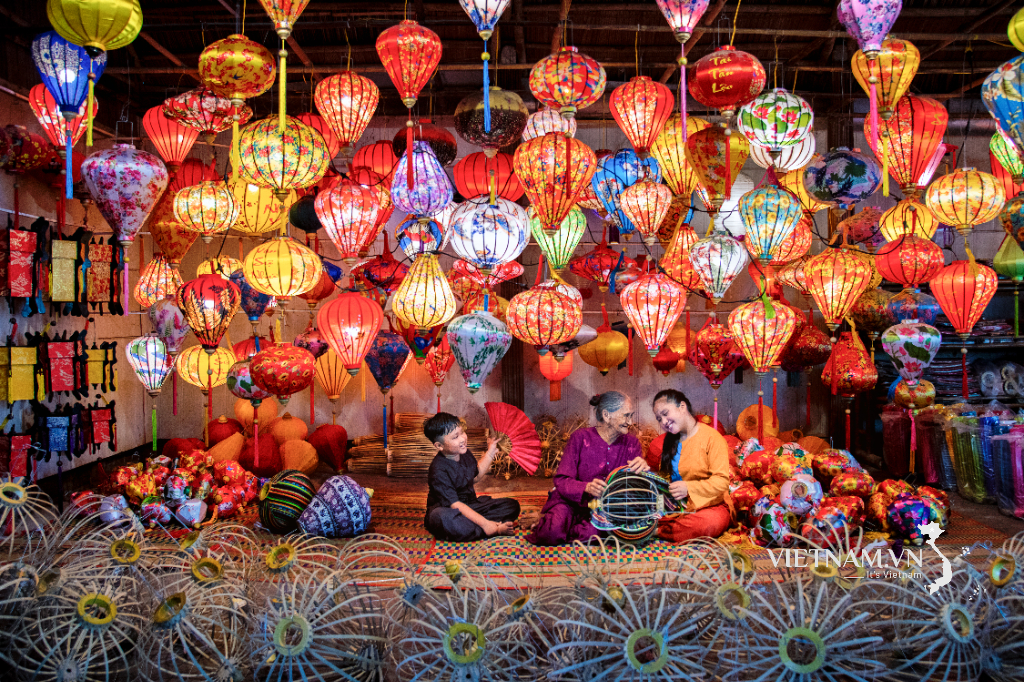

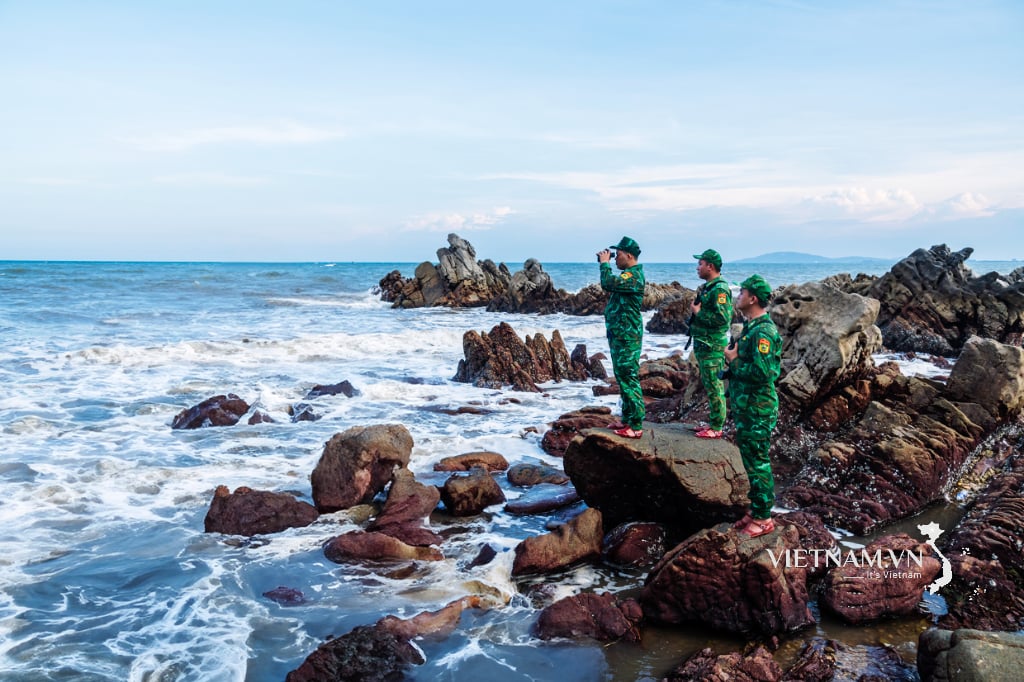
Comment (0)